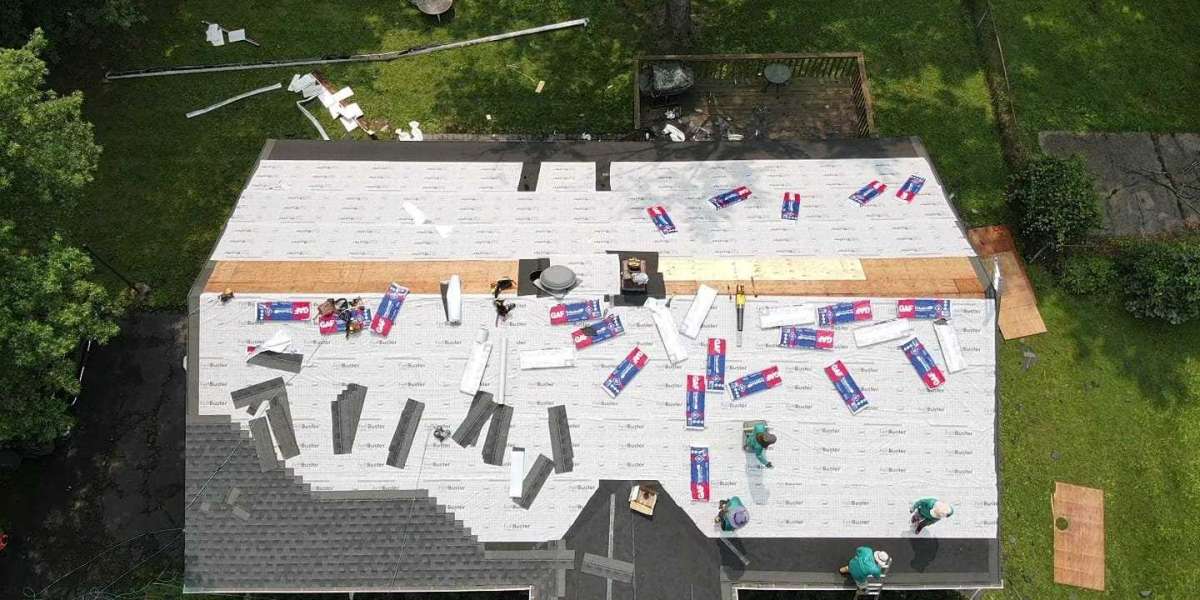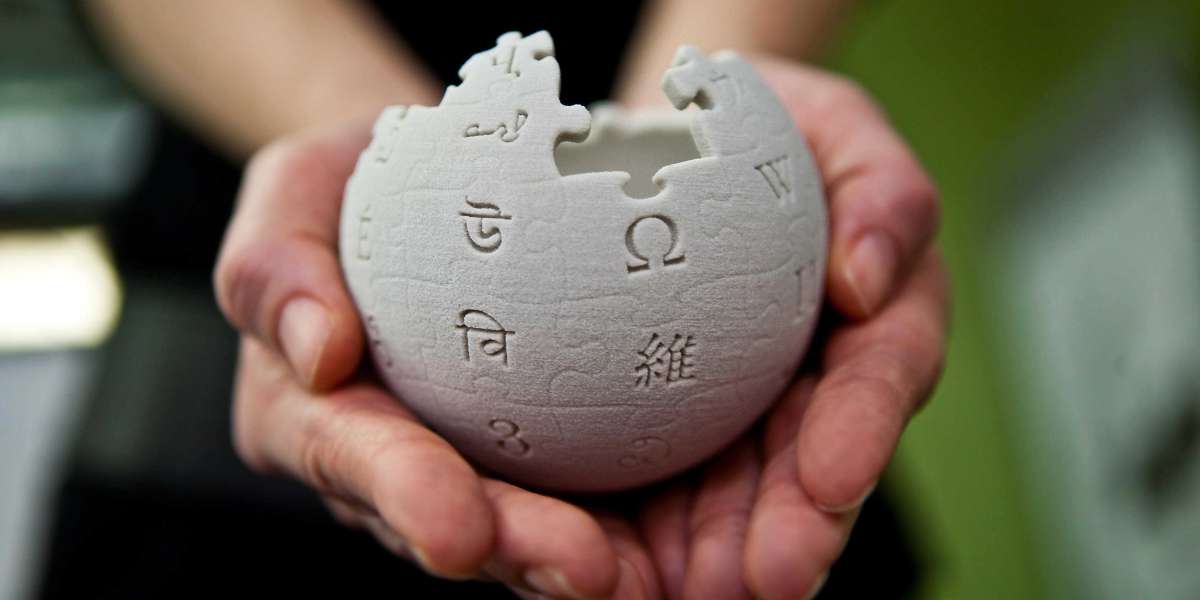Slate roofing is renowned for its beauty, durability, and longevity. A well-maintained slate roof can last over a century, but like all roofing materials, it requires occasional repairs to stay in top condition. This guide delves into the essentials of slate roof repair, helping homeowners understand the process, common issues, and best practices for maintaining this timeless roofing material.
Understanding Slate roof repair
Slate is a natural stone that has been used in roofing for centuries due to its natural resistance to weather and its aesthetic appeal. It comes in a variety of colors and styles, allowing for a high degree of customization. However, the natural properties of slate also mean that it can be brittle and requires specialized skills for proper installation and repair.
Common Issues with Slate Roofs
Broken or Cracked Slates: The most common problem with slate roofs is individual slates breaking or cracking. This can be caused by various factors, including severe weather, falling debris, or simply the aging of the material.
Slate Slippage: Over time, slates can slip out of place due to the failure of the fasteners (usually nails) that hold them in place. This can create gaps in the roof, leading to leaks and water damage.
Nail Fatigue: The nails used to secure slate tiles can corrode or loosen over time, leading to slate slippage or missing tiles. Copper nails are often used in slate roofing for their resistance to corrosion.
Flashing Deterioration: The metal flashing around chimneys, valleys, and other roof intersections can deteriorate faster than the slate itself, leading to leaks.
DIY vs. Professional Repair
While some minor slate roof repairs can be tackled by experienced DIY enthusiasts, most repairs should be handled by professional roofers due to the specialized nature of the work. Here’s a breakdown of what each approach entails:
DIY Repairs
- Replacing Individual Slates: If you’re comfortable working at heights and have a basic understanding of roofing, you might be able to replace individual broken or missing slates. This involves removing the damaged slate, installing a new one, and ensuring it is properly secured.
- Small Leak Patches: Small leaks can sometimes be patched using roofing sealant, but this is often a temporary fix.
Professional Repairs
- Comprehensive Inspection: A professional roofer can conduct a thorough inspection to identify all potential issues, including those that might not be immediately visible.
- Slate Replacement: Professionals have the tools and expertise to replace slates quickly and efficiently, ensuring a seamless match with existing tiles.
- Flashing and Structural Repairs: Fixing or replacing flashing and addressing any structural issues requires specialized knowledge to ensure long-term durability and water-tightness.
Best Practices for Slate Roof Maintenance
- Regular Inspections: Have your slate roof inspected at least once a year, preferably in the spring or fall, to catch any issues early.
- Prompt Repairs: Address any damage or leaks as soon as they are discovered to prevent more extensive damage.
- Gentle Cleaning: Remove debris and moss using gentle methods to avoid damaging the slates. Avoid pressure washing, which can cause breakage.
- Professional Assessment: Engage professional roofers for periodic assessments and maintenance to ensure your roof remains in excellent condition.
Conclusion
Slate roofs are a significant investment that can add value and beauty to your home for generations. By understanding common issues and ensuring timely, professional repairs, you can protect this investment and enjoy the benefits of a slate roof for many years. Whether you’re dealing with a few broken tiles or need a complete overhaul of your roof’s flashing, taking a proactive approach to slate roof maintenance is key to preserving its integrity and functionality.



